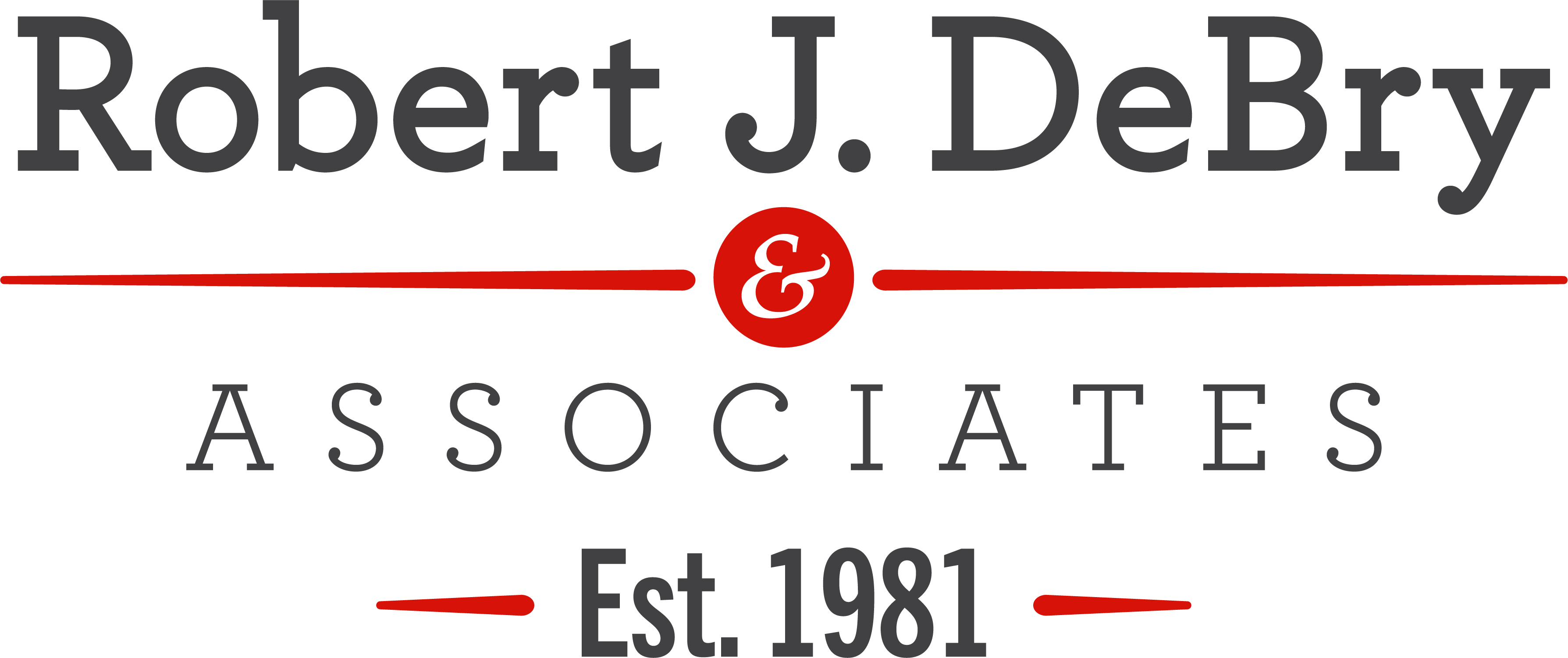Chapter 1: 5 Reasons You Should Be Using PPE
Chapter 2: The Importance of PPE at Work
Chapter 3: 10 Work Health & Safety Tips
Chapter 4: Why Prioritizing Safety in the Workplace is Essential
Chapter 5: Workers Compensation Claims
Chapter 6: Suffering from Work-Related Illness? Here’s What To Do Next
Chapter 1: 5 Reasons You Should Be Using PPE
Personal Protective Equipment or PPE is equipment worn and often required to reduce harm and hazard to individuals while in the workplace. The United States Department of Labor’s Occupational Safety and Health Administration (OSHA) states, “During work, persons may become exposed to various safety hazards due to the nature of the job. We should wear personal protective equipment (PPE) to decrease the likelihood of suffering serious workplace injuries and illnesses.”
PPE was designed to protect employees from harm. PPE should be used depending on the work surroundings and environment. Below are five additional advantages of using PPE:
- To avoid exposure to hazardous substances
- To protect against injury
- To prevent accidents
- To comply with safety regulations
- To reduce the risk of contagion
PPE should have the following characteristics to ensure the required level of adequate fortification of the wearer:
- The PPE is selected considering the required degree of protection and type of hazard.
- The PPE is useable in other workplace risks, dangers, and exposures.
- The PPE is appropriately functioning, maintained, preserved, and stored.
- The PPE is replaced and discarded if found defective.
Your employer may be found negligent if the PPE provided falls short. PPE does not reduce the risk of hazards in the workplace nor guarantees permanent or total protection for the wearer. However, PPE
Chapter 2: The Importance of Wearing PPE at Work
Employers are responsible for providing their employees with a safe workplace environment. That includes outfitting them with personal protective equipment to keep them safe at work. Personal protective equipment, otherwise known as “PPE,” is equipment worn to minimize dangers and work hazards that cause injuries and illnesses at work. At Robert J. Debry & Associates, personal injury lawyers understand the importance of wearing personal protective equipment.
PPE Essentials
Since the pandemic’s beginning, most of us have associated PPE with protecting our healthcare workers from coronavirus during the outbreak. However, Personal protective equipment pertains to several jobs, although it looks different in different industries. Employees in the healthcare industry might wear face shields and gowns; construction workers might wear hard hats and safety goggles; other standard PPE includes earplugs, respirators, coveralls, and gloves. PPE is necessary to keep employees safe. In need of a personal injury lawyer for your PPE case? Robert J Debry & Associates believe a safe workplace, complete with proper personal protective equipment, is crucial for healthy employees and ongoing operations.
PPE Training
Employers should train employees on the proper use of PPE, including appropriate fitting. Employers should access each job for potential hazards and PPE needs. Employers should enforce PPE guidelines.
If you’re looking for a personal injury lawyer, visit debry2021stg.wpenginepowered.com/ for more information about Robert J. Debry & Associates.
Chapter 3: 10 Work Health & Safety Tips
Whether you work outdoors, at a desk, or with heavy gear, there are risks to your workplace. We at Robert J. DeBry & Associates believe it is critical to be aware of possible hazards in your surroundings. Any workplace has its own set of health risks. Today, we’ll look at ten tips for being safe and healthy at work.
- Stay Hydrated
To stay awake and avoid dehydration, drink plenty of water. Even in the cold, remain hydrated with water and warm beverages.
- Walk to Work
Keep your car parked at home and start walking to work if you don’t live far from the workplace. Although you won’t be able to do this all the time (due to a lack of time, poor weather, etc.).
- Eat Healthy Lunch
Eating healthy foods is an essential element of a well-balanced diet, and eating reasonable quantities is necessary for good health.
- Avoid working too much
Avoid working lengthy shifts on consecutive days. Time to re-charge and re-focus is necessary for your body.
- Take frequent breaks
To avoid eye strain, take frequent breaks from your computer. Regular pauses give your body a chance to recover from the things you’re working on.
- Keep your equipment clean
Ensure that the objects you contact regularly are pure, whether a phone, keyboard, mouse, or another device.
- Don’t take shortcuts
Procedures are in place to keep employees safe. Even though not wearing safety equipment or missing a step saves you time, it isn’t worth risking your health.
- Report unsafe conditions
Once you identify any dangerous circumstances or working dangers, fix them. Notify a supervisor soon if it is difficult for you to remove the risk.
- Exercise during breaks
Instead of remaining idle during lunch and other holidays, undertake some physical activity during these times.
- Pay attention to your surroundings
Make sure you’re aware of any potential health hazards in your workplace. And wear a mask, earplugs, etc.
Chapter 4: Why Prioritizing Safety in the Workplace is Essential
Safety in the workplace should always be prioritized. As per The Department of Labor, every company has an obligation to their employees to ensure they have the proper education and knowledge on the safety procedures in the workplace. It is essential to put safety first in the workplace, for yourself, your employers, and everyone else. At Robert J. DeBry & Associates, we put your safety first. If you have been injured at work, contact us, we have the perfect personal injury lawyer.
Workplace Injuries are Preventable
According to the Bureau of Labor Statistics, approximately 888,220 non-fatal workplace injuries were reported in 2019. These injuries caused an employee to miss at least one day of work. Over 50% of workplace injuries are preventable with proper training and education. When you are hired, your employer must provide you with the necessary equipment and knowledge to do your job correctly and safely. Some of these examples may include: PPE, licensing, tools, or specialized equipment. If a company has failed to provide these necessities and you have been injured, we at Robert J. DeBry & Associates have the personal injury lawyer you need.
Your injury may not be minor
Many employees have been injured and have chosen not to report it. This may be because they think the injury is too small and does not matter. A personal injury lawyer will tell you no damage is too small to report. An injury may seem small and harmless initially, for example, a bump on the head. However, if left untreated, minor injuries can further health complications. It is essential always to prioritize your health and safety in the workplace.
If you are ever unsure of safety procedures, ask a supervisor and consult your safety handbook. Always be sure your employer provides you with the necessary legal safety requirements.
Chapter 5: Types of Worker’s Compensation Claims
Workers’ Compensation Claims can be divided into three categories based on the severity of the injury: medical, disability, and death. This is a broad categorization; in actuality, they are divided into seven categories, four of which are disability subcategories.
Medical-Only
This is the claim that is the most straightforward to file and handle. Mild workplace injuries that may be appropriately treated in a short amount of time typically correlate to this sort of claim. Depending on the severity of the damage and the type of treatment offered, wounded workers might return to work the next or same day.
Temporary Partial Disability (TPD)
This is one of the most frequent kinds of injuries compensation claims. In this case, the wounded worker is partially disabled for an extended time and cannot do his everyday tasks during that time. They can take time off or have the company give them some light-duty lessons.
Temporary Total Disability
If a worker is wounded to the extent that they cannot work for an extended period, they are classified as TTD (Temporary Total Disability). In this situation, the diagnostic will show a full recovery, but the worker will be unable to work during the recovery period.
Aside from replacement wages, this claim will cover the cost of treatments, rehabilitation, and visits to a specialist such as a physician or a chiropractor. A personal injury lawyer like Robert J. Debry & Associates can help to retrieve these benefits.
Partially Permanent Disability
PPD (Permanent Partial Disability) is a type of permanent partial disability. If you believe that you may be entitled to this compensation, speak to one of our attorneys today.
Permanent Total Disability
Suppose a worker loses their capacity to earn because of an accident that prevents them from performing their regular responsibilities, and it is found that they will never wholly recover. In that case, they will be paid under a PTD (Permanent Total Disability) claim. A personal injury lawyer, such as Robert J. DeBry & Associates, can ensure benefits are received.
Death
If a worker dies due to their injuries, their family members, such as children and spouses, are entitled to compensation since they were financially reliant on the dead. A personal injury lawyer will fight for the benefits of the family.
Vocational Rehabilitation
This is for wounded workers who are unable to perform the same work. Compensation benefits include rehabilitation, retraining, or hiring a professional to help with the situation.
Chapter 6: Suffering from Work-Related Illness? Here’s What To Do Next
Employees need to know what to do if they have a work-related illness, no matter where they’re employed. Work-related diseases may occur in any environment, whether the work is outdoors, in a factory, or in an air-conditioned office. Because work-related illnesses potentially involve loss of income and require consistent communication with the employer, a personal injury attorney can help reduce the burden on employees and their family members.
What is a work-related illness?
The U.S. Bureau of Labor Statistics and the Occupational Safety and Health Administration consider work-related illnesses to result from an event or exposure at work that either causes or contributes to a new condition or worsens a pre-existing condition. Some examples of work-related illnesses are:
Respiratory infections are linked to breathing hazardous vapors, dust, chemicals, or fumes found in the work area. Examples are:
- Chronic obstructive pulmonary disease (COPD)
- Asbestosis
- Silicosis
Skin diseases or disorders linked to exposure at work to chemicals, plants, or toxic substances. Examples are:
- Friction blisters
- Oil acne
- Chronic ulcers
Poisoning occurs through the ingestion or absorption of any toxic substances that cause higher than normal levels of unhealthy items in blood, saliva, or body tissues.
- Lead poisoning
- Mercury poisoning
- Carbon monoxide poisoning
Many other work-related illnesses occur that people don’t directly attribute to work, at first, but maybe work-related:
- Heat exhaustion
- Freezing or frostbite
- Cancer or tumors
What do you do if you have a work-related illness?
Contact a personal injury lawyer at Robert J. DeBry & Associates if you’ve been diagnosed with a possible work-related illness. Our injury lawyers have a combined 250 years of experience you can trust.
An illness can drain family funds and keep employees out of work, so understand what options are available. A personal injury attorney can assist you in navigating through your options.
At Robert J. DeBry & Associates, you will get the attention and professional assistance you deserve. Reach out at debry2021stg.wpenginepowered.com to speak with a knowledgeable and compassionate representative 24/7.



